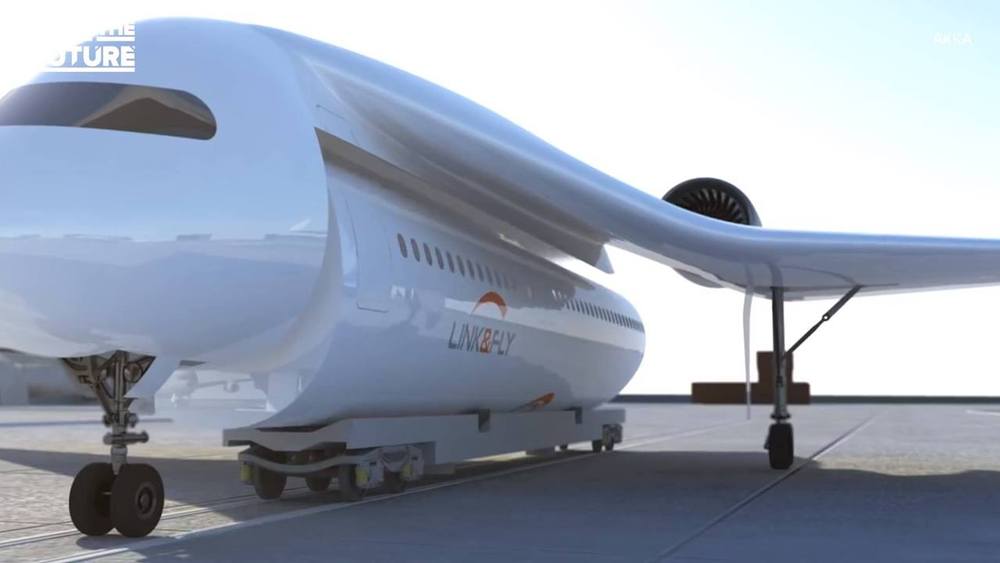
How might the application of artificial intelligence enhance the experience and reach of electronic gaming and gambling?
Over the next few years, the internet gaming business could be transformed completely as artificial intelligence (AI) enters the scene. At its core, AI is a type software or hardware that learns—and it could be programmed to learn mostly about us, its users and those insights could drive the developments of new, hyper-personalised gaming and internet betting experiences. The technology is being applied to learn our habits, our likes, and our relationship patterns. Just as Netflix uses an algorithm to suggest films you might watch, the concept of personalisation is extending to the idea of “Lifestyle AI” applications that could help choose your entertainment, gaming choices, wardrobe, your next meal, your job, and romantic partner. Take this one natural step further, and we enter the domain of mass tailoring of gaming and betting experiences.
While it all sounds a bit like science fiction, the capabilities of AI tools and the range of applications are growing exponentially. Indeed, by 2020 AI could be present in some form in everything we do, and by 2030, AI is likely to have infiltrated our lives in much the same way as smartphones, the internet, and global travel are now taken for granted. So how might AI change our recreational habits and day-to-day existence in a way that might affect e-gaming? Here are eight novel ways internet betting could be different in future as a result of AI.
- Trend Betting – Individuals could bet on the word, phrase, issue, or concept that will be mentioned most across a range of sites on the web during a fixed period, and then AI web crawlers would determine the actual count. Machine learning would be used to profile these trends and patterns over time, predict the likelihood and frequency of occurrence of key terms, and then determine the odds accordingly. Users could volunteer their own terms alongside those which the gambling sites suggest. To determine the initial odds for new terms, machine learning would compare the new term to others it has already analysed, and search the internet to see how frequently it is mentioned. The algorithm would then set the initial odds and refine them over time in response to actual betting patterns and payouts.








